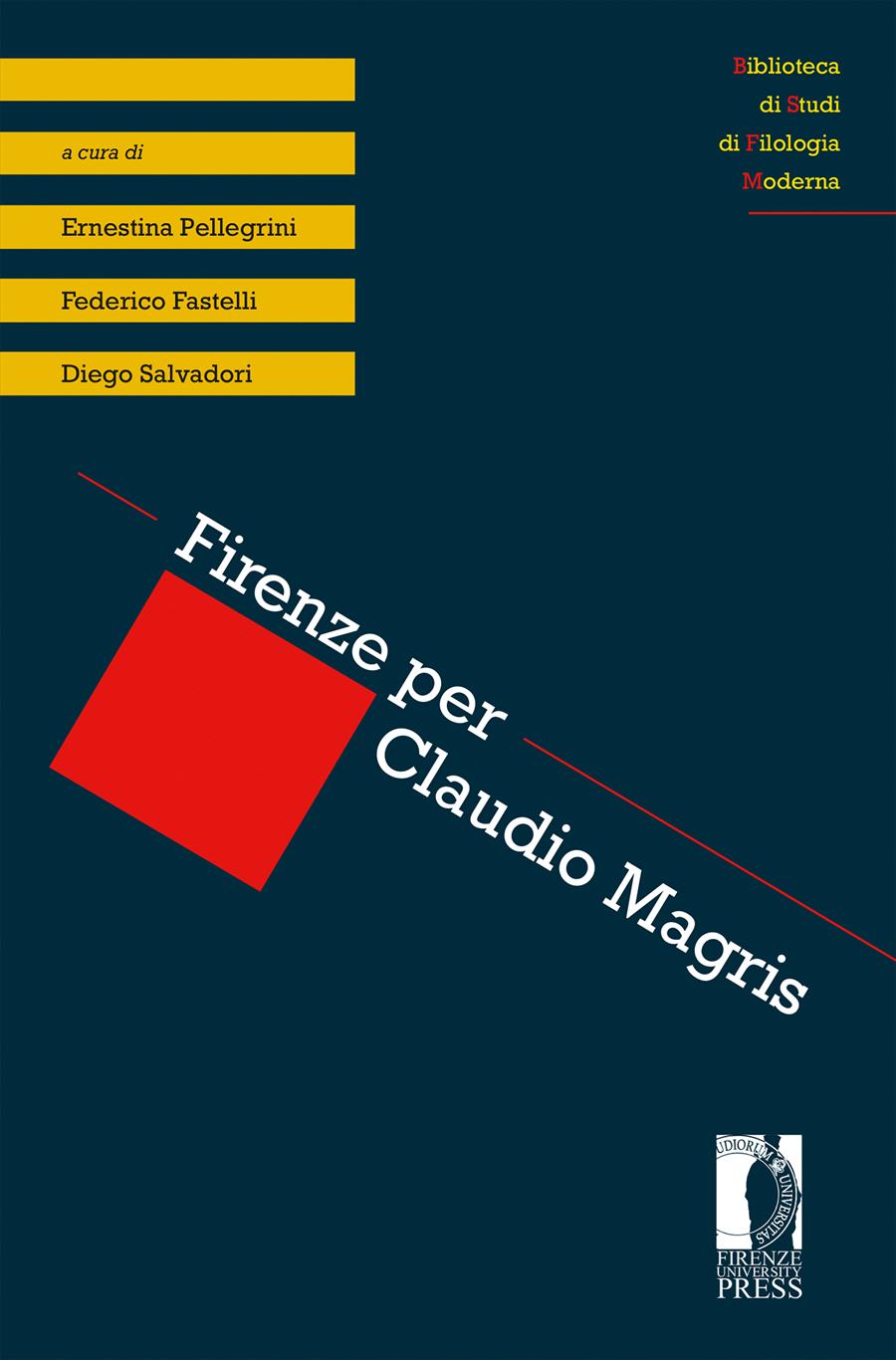- Firenze per Claudio Magris
- Edited by Ernestina Pellegrini, Federico Fastelli, Diego Salvadori
Il tempo non lineare in Esterno giorno – Val Rosandra di Claudio Magris e in La gita delle ragazze morte di Anna Seghers
- Rita Svandrlik
- © 2021 Author(s) |
- CC BY 4.0
- DOI: 10.36253/978-88-5518-338-3.08
In Anna Seghers’ short story, Gita delle ragazze morte (1943-1944) and in Claudio Magris’ Esterno giorno – Val Rosandra (1982), a group of high school friends and their trip on the eve of World War I provide the narrative nucleus around which individual micro-histories meet macro-history. In the proposed analysis, the reason for the deprivation is identified as an element common to the two texts. In Seghers’ story, the temporal distance is cancelled out in a continuum, whereas Magris’ story operates through multiplication and fading between different typologies of texts: novel, screenplay, film, Goethe’s Faust, and short story.
- Keywords:
- First and Second World War,
- Historical Memory,
- Mourning Elaboration,
- Narrated Time and Narrative Time,
University of Florence, Italy - ORCID: 0000-0001-5227-7659
- Ara, Angelo, e Claudio Magris. 1982. Trieste. Un’identità di frontiera. Torino: Einaudi.
- Cialente, Fausta. 1976. Le quattro ragazze Wieselberger. Romanzo. Milano: Mondadori.
- Gheri, Paola. 2018. “Hinter den Grenzpfählen der Wirklichkeit. Geschichte und Erzählung in Anna Seghers Der Ausflug der toten Mädchen.” AION – Sezione Germanica, Nuova Serie 28, 1-2: 79-94.
- Gheri, Paola. 2020. “«So schrecklich unwirklich», Anna Seghers e La gita delle ragazze morte.” In Ritratti di scrittrici tedesche, a cura di Ulrike Böhmel Fichera, e Paola Paumgardhen, 135-60. Acireale-Roma: Bonanno.
- Goethe, Johann W. 1808. Faust. Der Tragödie erster Teil. Tübingen: in der J. G. Cotta’ſchen Buchhandlung.
- Goethe, Johann W. 1832. Faust. Der Tragödie zweiter Teil. Stuttgart: Cotta.
- Hilzinger, Sonja. 2000. Anna Seghers. Stuttgart: Reclam.
- Magris, Claudio. 1982. “I luoghi della scrittura: Trieste.” In Claudio Magris. Itaca e oltre, 282-83. Milano: Garzanti.
- Magris, Claudio. 2017. “L’adolescenza lieve di Trieste. Una generazione aveva sperato in un’altra patria e in un’altra Europa. Giani Stuparich la raccontò in Un anno di scuola, ambientato nel 1909.” Corriere della Sera, 5 settembre, 2017.
- Magris, Claudio. 2019. “Esterno giorno – Val Rosandra.” In Claudio Magris. Tempo curvo a Krems. Cinque racconti, 69-88. Milano: Garzanti.
- Salvadori, Diego. 2020. L’atlante di Claudio Magris. Bologna: Pàtron.
- Seghers, Anna. 2010. La gita delle ragazze morte, a cura di Rita Calabrese. Venezia: Marsilio.
- Svandrlik, Rita. 2020. “«Träume, wilde und zarte.» Das Vergangene als Alterität im Werk von Anna Seghers und Grete Weil.” In Traum, Sprache, Interpretation, Literarische Dialoge. Festschrift für Isolde Schiffermüller, a cura di Chiara Conterno, e Gabriella Pelloni, 141-55. Würzburg: Königshausen & Neumann.
Chapter Information
Chapter Title
Il tempo non lineare in Esterno giorno – Val Rosandra di Claudio Magris e in La gita delle ragazze morte di Anna Seghers
Authors
Rita Svandrlik
Language
Italian
DOI
10.36253/978-88-5518-338-3.08
Peer Reviewed
Publication Year
2021
Copyright Information
© 2021 Author(s)
Content License
Metadata License
Bibliographic Information
Book Title
Firenze per Claudio Magris
Editors
Ernestina Pellegrini, Federico Fastelli, Diego Salvadori
Peer Reviewed
Publication Year
2021
Copyright Information
© 2021 Author(s)
Content License
Metadata License
Publisher Name
Firenze University Press
DOI
10.36253/978-88-5518-338-3
eISBN (pdf)
978-88-5518-338-3
eISBN (xml)
978-88-5518-339-0
Series Title
Biblioteca di Studi di Filologia Moderna
Series E-ISSN
2420-8361
